My Personal Search for Charles Dickens in Modern England
Part 2: Dickens in Later Life While Living in Kent and His Personal Connection with Rochester Cathedral
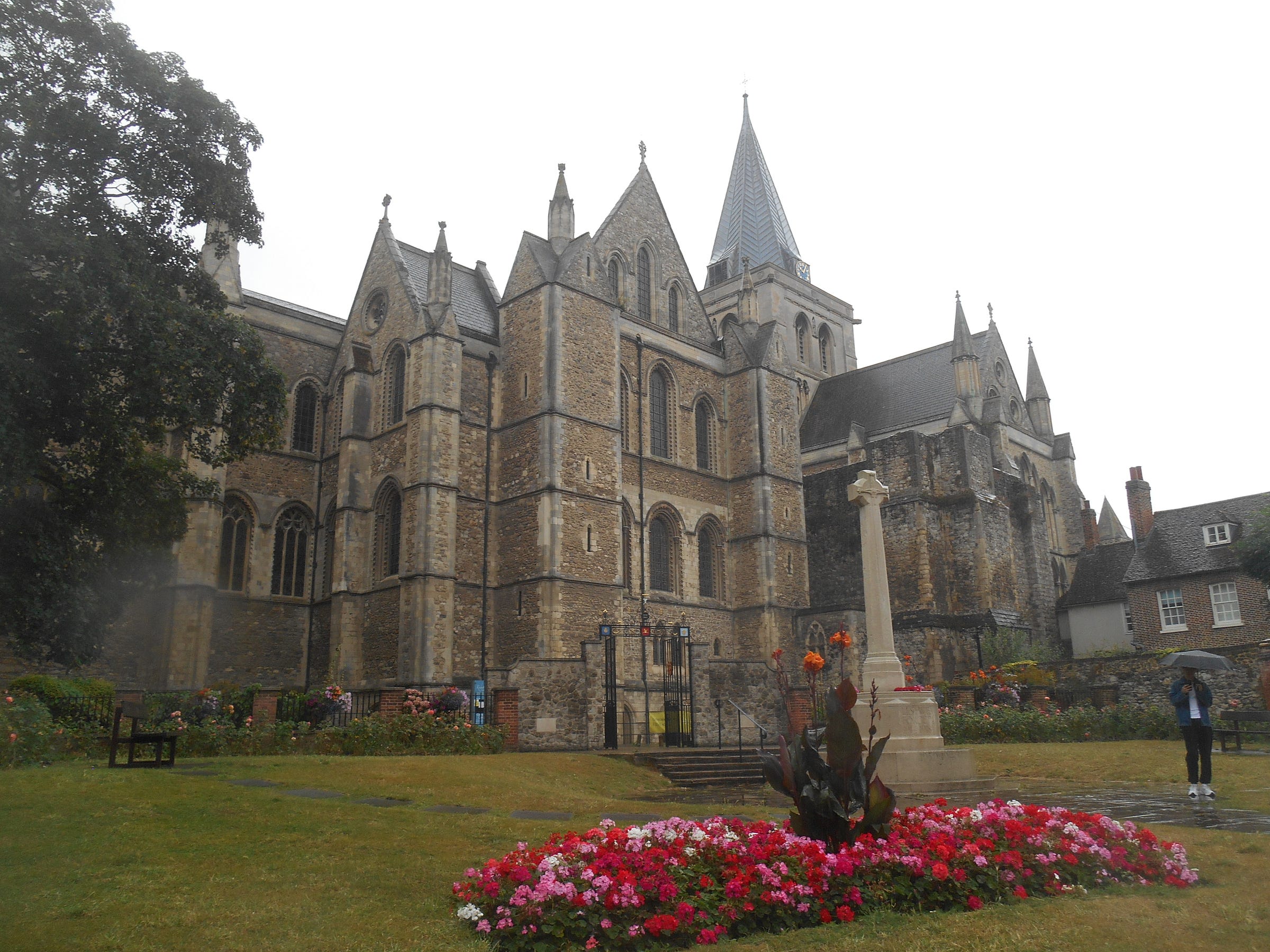
This is Part 2 of an article about my personal interest in exploring the legacy of Charles Dickens as to be found in the United Kingdom today. Click here to read Part 1.
A Day Tour to Experience the Dickens Legacy in Rochester
My long-time historian friend, Dan, who first told me about The Charles Dickens Museum also pointed out some very interesting details about Dickens’ later life as he became wealthy from all of his writings and speaking tours throughout Europe and the United States. Most notable was the fact that, with his growing wealth and stature, he bought for himself a country home in 1856 called Gad’s Hill Place in Higham, Kent, near the town of Rochester that was founded by the Romans during their conquest of Britannia by Emperor Claudius in 43 AD. Dickens spent part of his childhood in both Rochester and the nearby town of Chatham before his parents and their children later moved to London. He was fascinated by the idea of living at Gad’s Hill Place during his early life, so when the opportunity came to acquire the property decades later, he bought it immediately.
This home would later become a major personal sanctuary for Dickens at a time when he was scandalized in 1858 for separating from his wife of 22 years in order to be with his longtime mistress, Ellen Ternan, an English actress he met one year earlier when he was 45 years old and she was 18. During his later years until his death from a stroke in 1870, Dickens would gain deep value from spending time in Rochester and elsewhere in Kent, such that he was motivated to see that he would be buried in Rochester Cathedral as a dedicated member of this community, which as noted earlier didn’t come to pass.
When I returned to London a few months after my February visit to The Charles Dickens Museum, Dan and I met up to take a day trip to Rochester by train to attain a first-hand experience of the major sights in this town that Dickens would have also personally experienced during his later life. In particular, some of his greatest literary works, such as A Tale of Two Cities and Great Expectations were yet to be written following his move away from London to live in the countryside near Rochester.
Rochester Cathedral
Unfortunately, Dan and I didn’t have the time available on this day trip to visit Gad’s Hill Place itself, but we did spend the whole afternoon in Rochester for sightseeing after taking a half-hour train from central London to reach the town. The first place we visited was Rochester Cathedral, located at Garth House, The Precinct, Rochester, Kent ME1 1SX. This cathedral was first founded in 604 AD by Bishop Justus and would eventually become associated with the Church of England, though it currently welcomes all people regardless of its formal affiliation. Rochester Cathedral is open every Monday to Saturday from 10:00 am to 4:00 pm, and every Sunday from 1:00 pm to 3:00 pm.
This cathedral is the second oldest of its kind in England and has been a continuous source of Christian worship, service, and pilgrimage for well over 1400 years, and whose current building has been in existence since 1083 AD. For Charles Dickens, Rochester Cathedral would serve as an important location referenced in his unfinished novel The Mystery of Edwin Drood. It’s also home to a memorial plaque dedicated to Dickens and his memory.
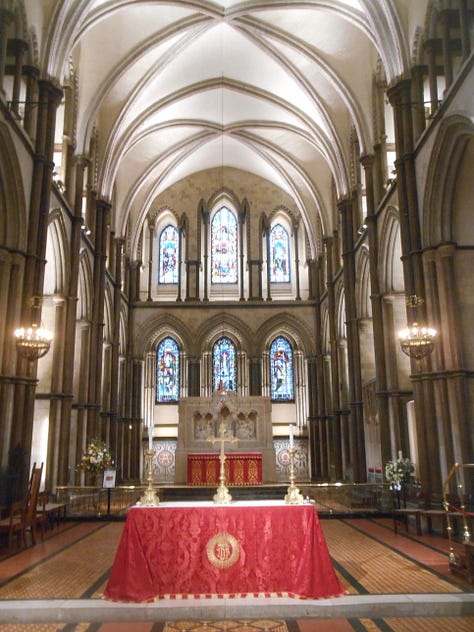
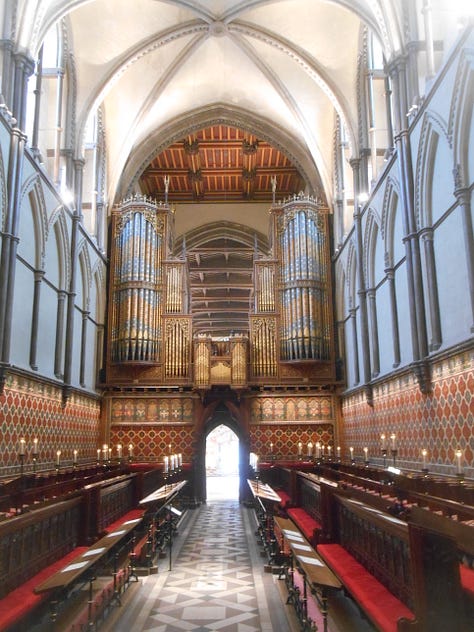
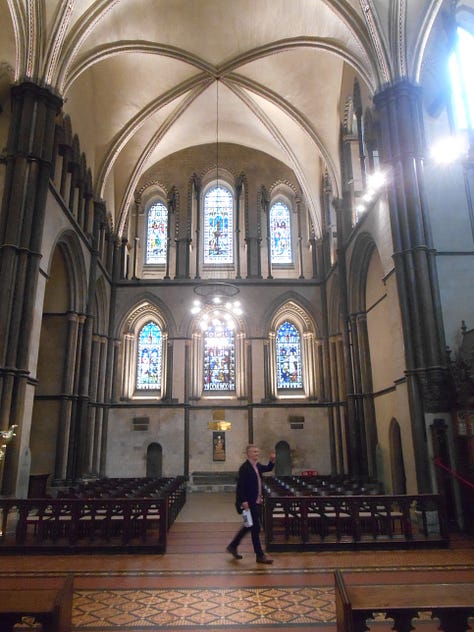
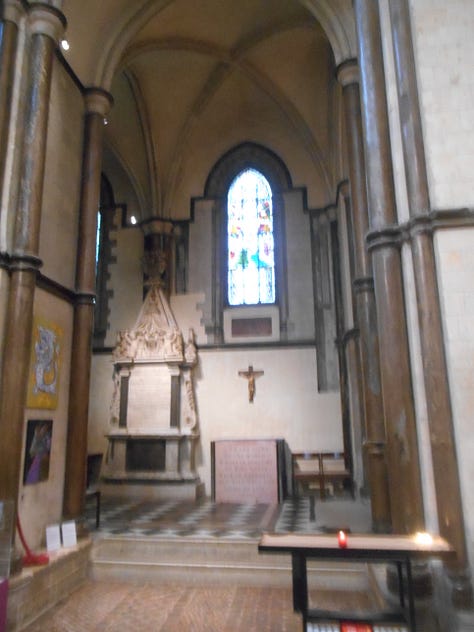
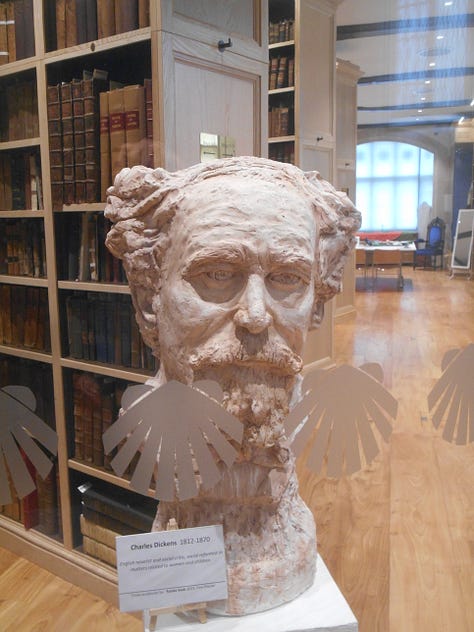
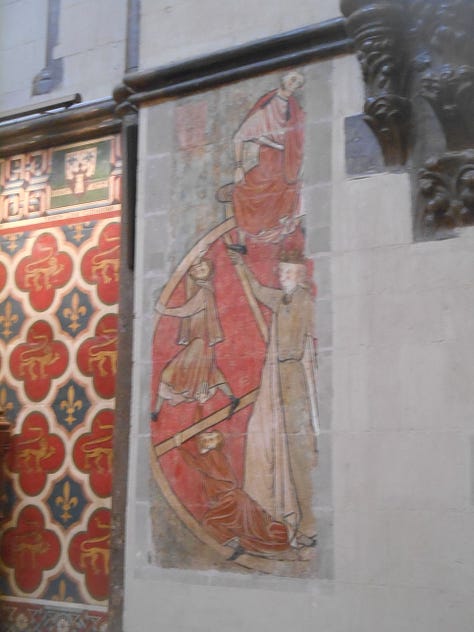
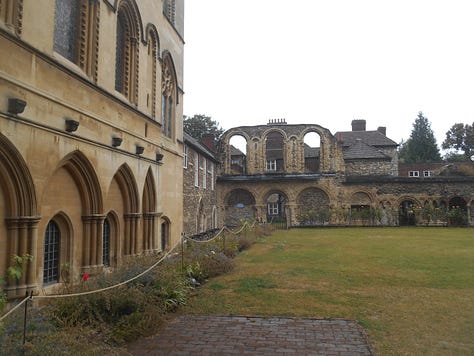
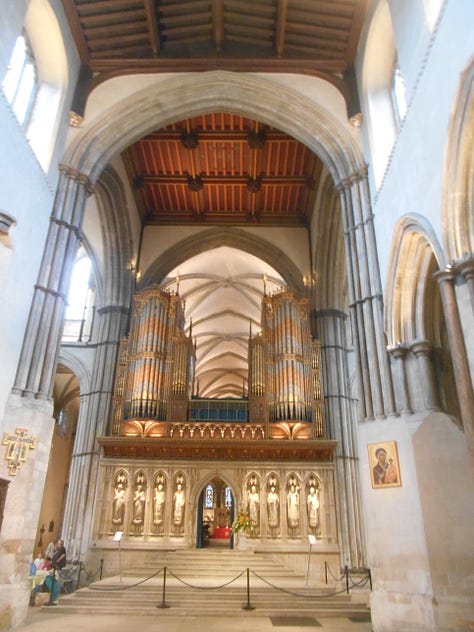
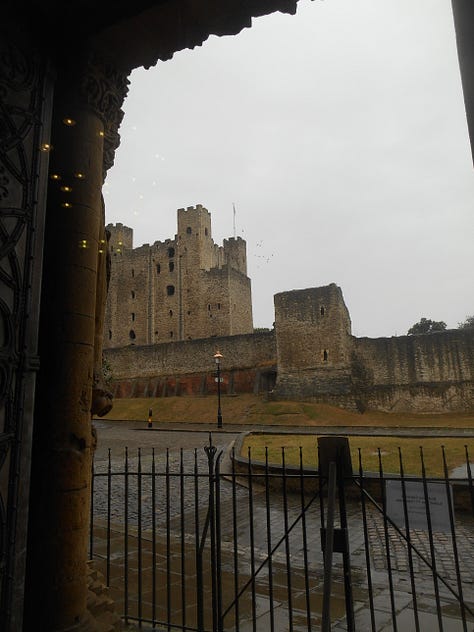
Besides its primary function as a house of worship, Rochester Cathedral is an integral part of the surrounding town’s community life, with a long list of programs offered throughout the year, such as concerts and exhibitions hosted onsite. It’s also home to a well-kept secret known to locals in Rochester, namely as a place to enjoy a satisfying lunch in its basement. Known as the Café in the Crypt, this part of Rochester Cathedral offers a variety of freshly prepared sandwiches and other light meal options to sample, along with a large selection of handmade cakes that includes gluten-free options. While Dan and I chose to go elsewhere to have lunch, should I return to Rochester in the future I would look forward to having a lunch experience at the Café in the Crypt.
Author’s Note: This article on Charles Dickens and his legacy in the United Kingdom concludes next week with Part 3: Other Historical Sites in Rochester to Influence Dickens’ Writing in Later Life.




Hi. Please feel free to comment on this article anytime if you like what I've written or have anything constructive to add. Also, please take a moment to check out my "About" page and become a free subscriber to "Scientist World Traveller" if you haven't already done so. Thank you.